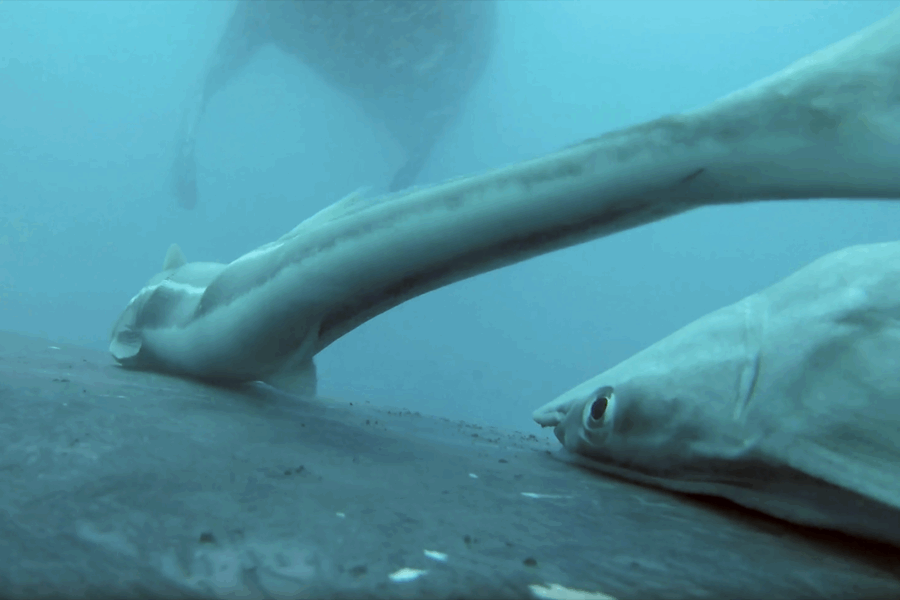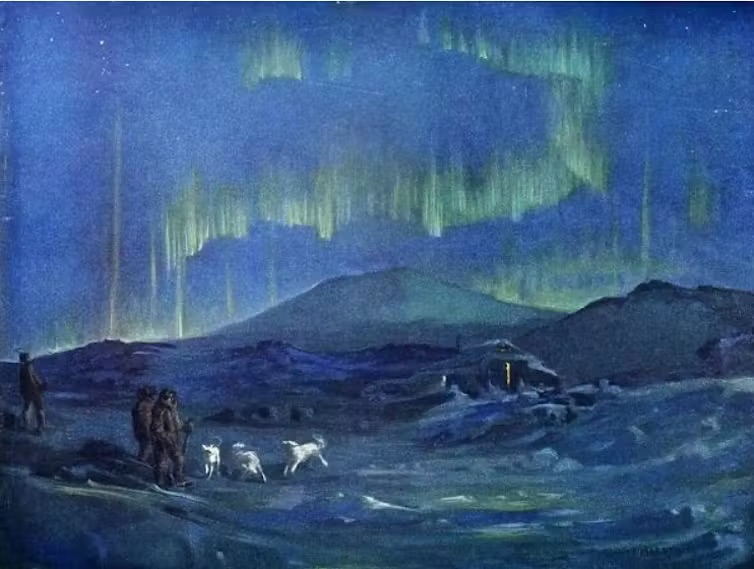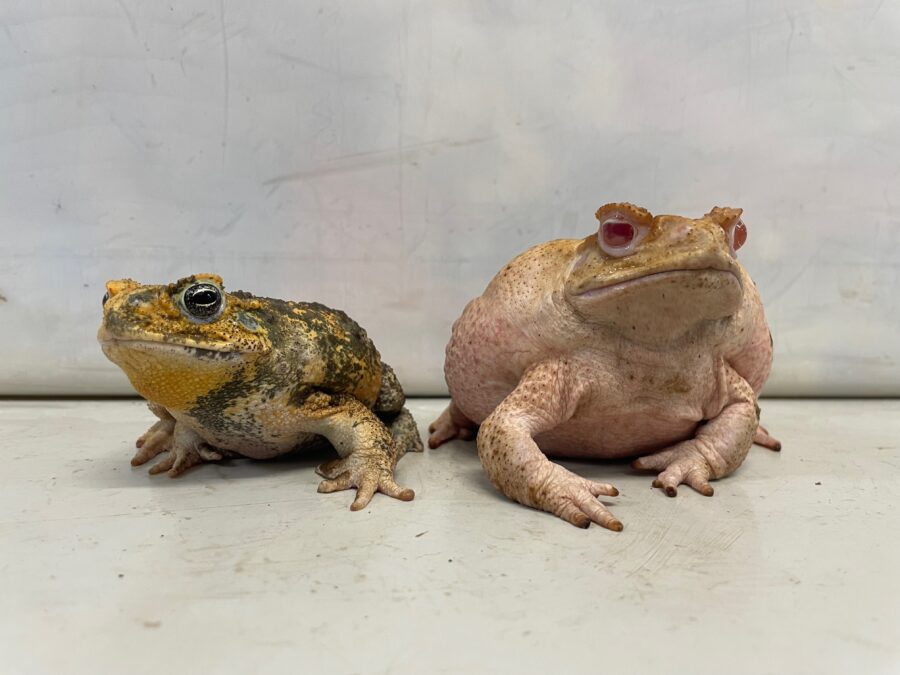Farina: From railhead to ruins
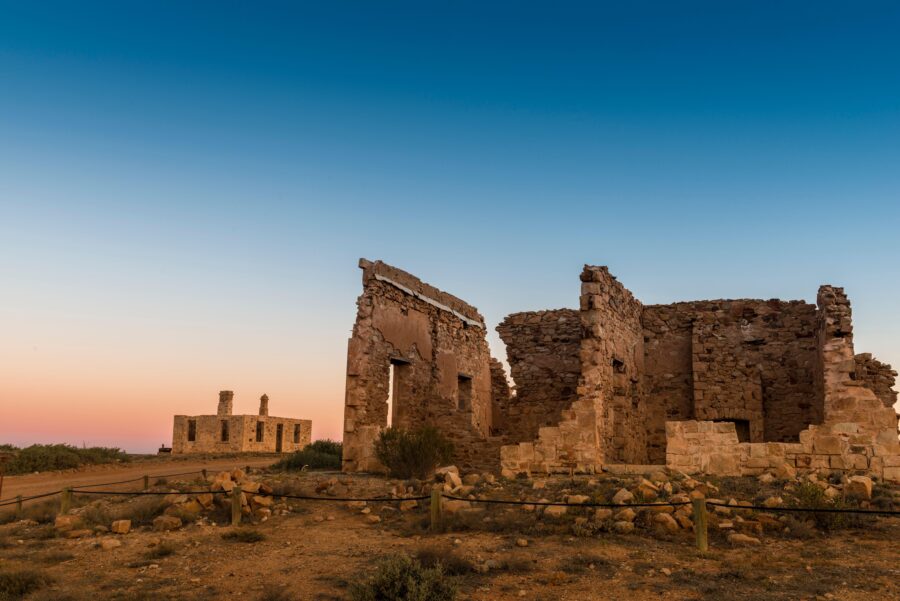
The crumbling ruins of Farina lie on a remote gibber plain in South Australia’s arid Far North, about 650km north of Adelaide.
In the early 1880s this town was the railhead of the Central Australia Railway, providing a vital link between outback pastoralists and southern markets. But its strategic importance slowly faded when the railway line was extended north.
Today it’s a ghost town, a handful of hollowed-out stone buildings whose roofs, doors and windows are long lost to time.

Farina was founded in the 1870s near a reliable waterhole. It was originally called ‘Government Gums’ but was later renamed Farina, a Latin word that means ‘flour’ or ‘meal’. (Several years of good rainfall had tricked the colonists into thinking the area was well-suited for growing crops.)
For early settlers, Farina’s limited access to clean water was a constant source of anxiety. In early 1881, tainted water was killing cattle in the region and causing sickness in families, despite colonial authorities declaring the water quality was “good enough for most purposes”.


Image credits: Sydney Phillips/courtesy State Library of South Australia; South Australian Tourism Commission
On 26 February 1881 a writer for the South Australian Register published a scathing response to this comment, stating: “If the water here is ‘good enough for most purposes’, why is it that our Government officials have to send sixteen miles for drinkable water? Perhaps, though, the constitution of Government officials…is so delicate that they cannot be expected to drink what any other mortal can.”
In 1882 the arrival of the Central Australian Railway led to a brief boom in Farina’s economy. The town became a vital livestock dispatch point for outback drovers across the colony. These drovers, travelling on the Oodnadatta Track (from north SA), the Strzelecki Track (north-east SA) and the Birdsville Track (south-west Queensland), all converged on Farina to dispatch their cattle and sheep to southern markets. Other goods such as wool bales and locally mined copper and silver were also transported out of Farina during this time.
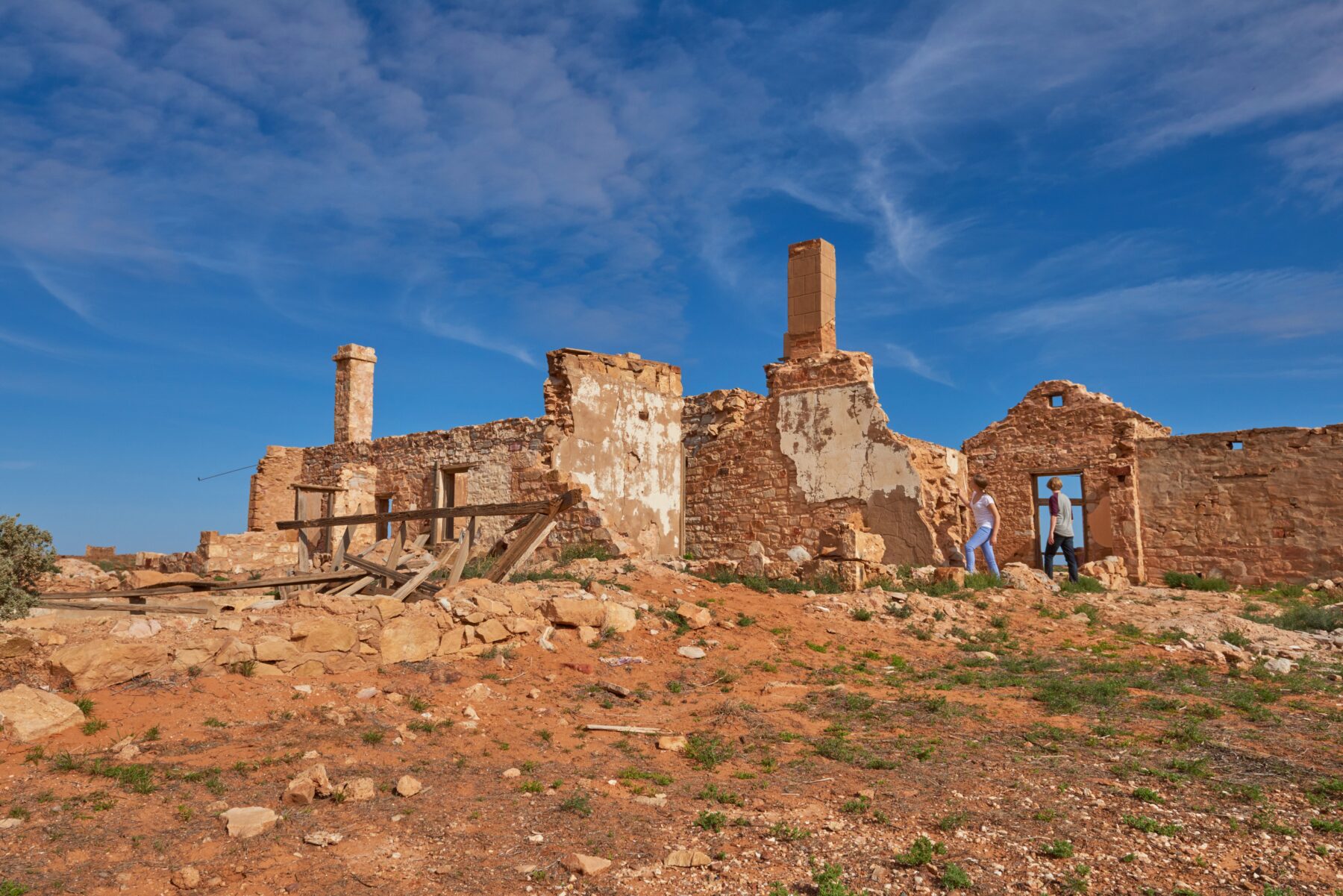
Money poured into the town, and its population eventually grew to 600 people. A steady stream of visitors passed through, including Chinese miners and Afghan cameleers. On 18 August 1882 a reporter for the Burra Record wrote: “It would be difficult to imagine a more desolate place than the [Government] Gums for scenery, although the newcomer cannot fail to be struck by the variety that meets his eye in the way of inhabitants.”
At its peak, Farina had two hotels, two breweries, five blacksmiths, a bakery, a post office, a church, a brothel, a general store and a school. Newspaper archives offer a window into its close-knit community. On 30 April 1886 The Port Augusta Dispatch ran a report on Farina’s Easter celebrations, which included cricket matches (married men vs. bachelors) and a ball that “was well attended, dancing being enthusiastically kept up till about 3am”.
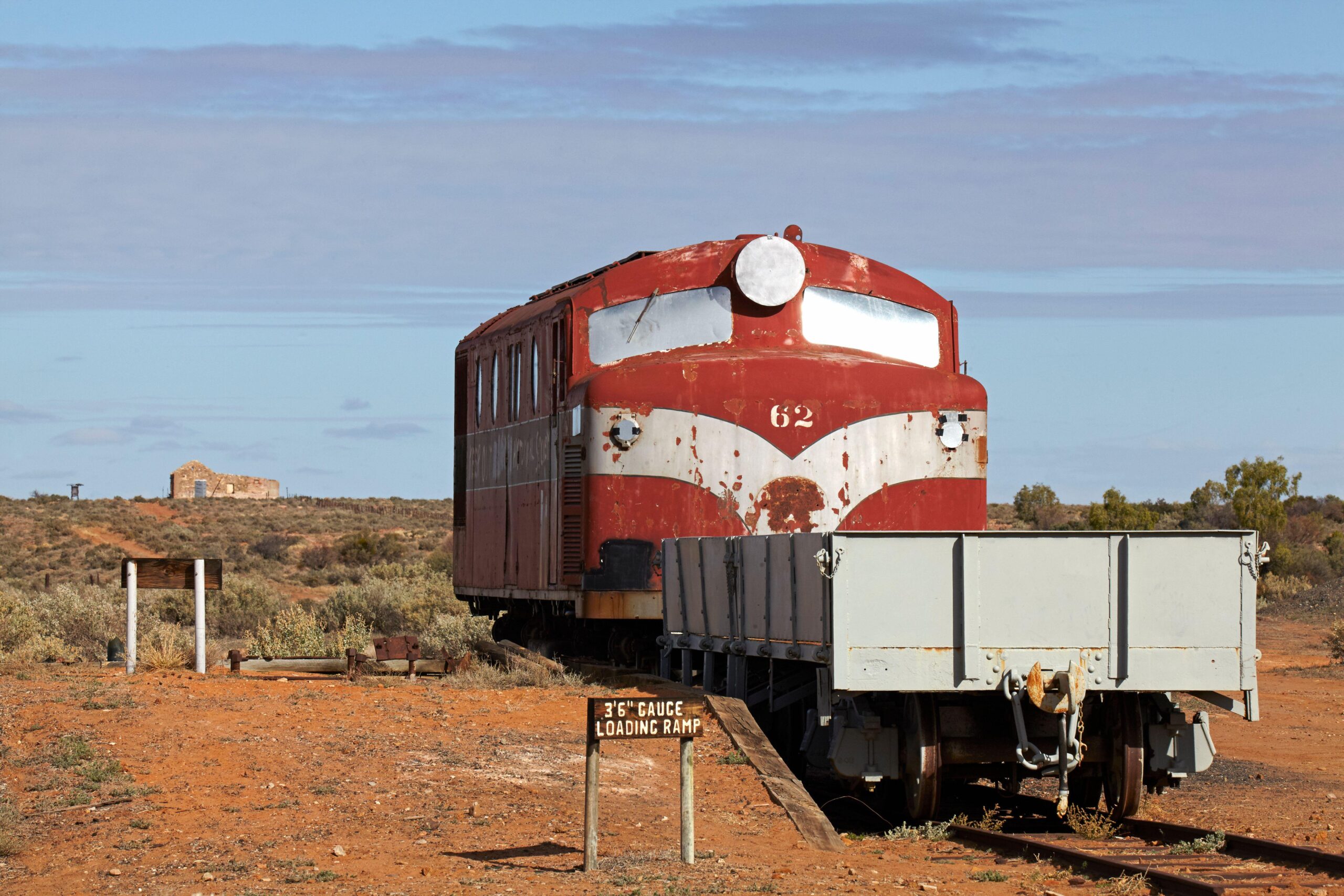
The town’s slow decline began when the Central Australia Railway line was extended to Marree in 1884, then further north to Oodnadatta in 1891. Still, Farina continued to be a livestock transportation station well into the 20th century.
The town was abandoned in the 1980s. Many of its original timber structures have not survived into the 21st century, but its stone buildings have been preserved by the Farina Restoration Group. The town is now a popular tourist spot and campsite.
